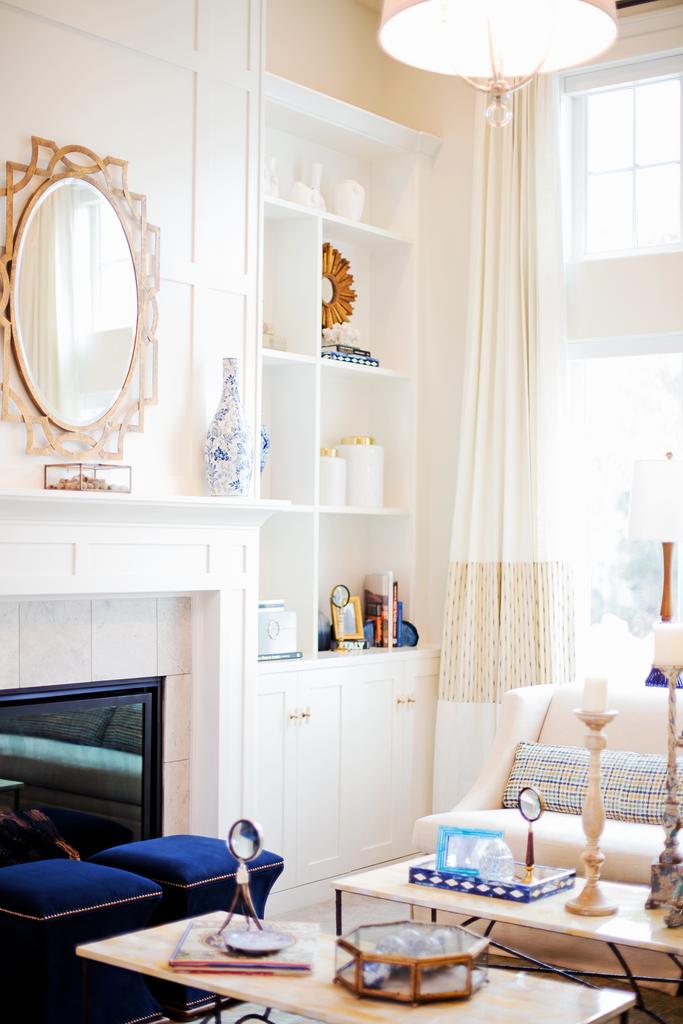Introduction
Art photography has a unique ability to capture emotions, moments, and the aesthetic beauty of life. Whether you're aiming to create captivating interior shots or want to express yourself through portrait photography, there are endless possibilities to explore. In this article, we delve deep into the world of art photographers and reveal their tips for achieving stunning interior shots and portraits. We'll also cover essential concepts like contemplative photography and aesthetic self-portrait photography while ensuring you feel empowered in your artistic journey.
Art Photographers Share Tips for Stunning Interior Shots and Portraits
When it comes to art photography, both interior shots and portraits require a keen eye for detail, composition, and lighting. The importance of these elements cannot be overstated; they can significantly impact the viewer's perception.
Understanding Aesthetic Self-Portrait Photography
Aesthetic self-portrait photography allows individuals to express themselves creatively through images that resonate with their personality. This type of portrait aims to capture not just the person but also their inner thoughts and feelings.
1. The Essence of Self-Expression
Why do people engage in aesthetic self-portrait photography? It serves as a channel for self-expression. By exploring different angles, settings, and emotions, photographers create images that reflect their identity.
2. Choosing Your Setting Wisely
Selecting the right environment is crucial. Whether you’re indoors or outdoors, the background plays a significant role in enhancing the overall aesthetic of your photos.
3. Lighting: The Game Changer
Natural light can elevate your aesthetic photos wall significantly. Soft sunlight during golden hour creates flattering shadows that add depth to your images.
Exploring Contemplative Photography
Contemplative photography focuses on observing the world without preconceived notions or judgments. This approach helps photographers capture pure moments that resonate emotionally with viewers.
What is Contemplative Photography?
At its core, contemplative photography encourages individuals to slow down and truly see their surroundings before snapping a photo. It's about stillness and awareness rather than rushing through life.
1. Finding Beauty in Mundanity
Many contemporary photographers find inspiration in everyday scenes—this could include rare home interior pictures or even mundane objects around them.
2. Techniques for Contemplation
Practicing mindfulness can enhance your ability to take contemplative photos. Take time each day to observe details around you without the pressure of capturing anything specific.
Capturing Stunning Interior Shots
Interior shots can tell stories about space, design, and atmosphere when executed well. Here are some essential tips from seasoned art photographers:
1. Declutter Your Space
Before setting up a shoot, ensure that the area is tidy. A clutter-free environment allows the focus to remain on design elements rather than distractions.
2. Experiment with Angles
Changing perspectives can dramatically alter how an interior shot appears. Try different heights or angles—like shooting from above or crouching low—to find fresh compositions.
3. Incorporate Textures
Textures add depth and https://postheaven.net/lachululed/tradition-meets-trend-creating-a-balanced-home-with-artistic-decor-elements interest to your photos; consider including various materials such as wood, fabric, or metal in your framing.
4. Use Props Wisely
Props can help tell a story within an interior setting but use them sparingly so they don’t overpower the main subject.
Creating Aesthetic Photos Wall Ideas
Aesthetic photos wall ideas can transform any space into an art gallery reflecting personal tastes.
1. Choosing Themes for Your Wall Displays
Whether you prefer minimalist designs or vibrant collages, deciding on a theme will guide your selection process when choosing aesthetic colorful pictures.
2. Framing Techniques That Stand Out
Frames should complement not only the photograph but also each other when displayed together on a wall; mix textures like wood with metal for added visual appeal.
Portrait Photography: Techniques & Tips
Portrait photography remains one of the most popular forms of art photography due to its emotional connection with viewers.
1. Understanding Light Directionality in Portraits
The direction of light directly affects how shadows are cast on subjects’ faces; soft diffused light from windows often yields more flattering results than harsh overhead lighting conditions.
2. Engaging with Your Subjects Effectively
Building rapport with subjects leads to relaxed expressions which translate beautifully into portrait photos; consider asking open-ended questions before starting shoots!
The Power of Abstract Self-Portrait Photography
Abstract self-portraits provide an opportunity for creative exploration beyond traditional techniques:
1: Breaking Conventional Boundaries
Abstract self-portraiture challenges conventional representations by utilizing color palettes over recognizable features; this form invites viewers into symbolic interpretations instead of literal ones.
2: Exploring Faceless Self-Portraits
Faceless self-portraits allow photographers freedom from societal expectations regarding appearance! This style often emphasizes emotion (e.g., solitude) while maintaining anonymity—perfect if you're looking for unique approaches.
FAQs About Art Photography
Q1: What makes a great portrait photo?
A great portrait photo typically captures genuine emotions through effective use of lighting, composition, and interacting positively with subjects!
Q2: How do I find my style in portrait photography?

Q3: Why do many contemporary printmakers prefer linocut to woodblock printing?
Linocut printing provides simplicity because it requires less equipment compared to traditional woodblock methods while allowing intricate designs too!
Q4: What defines fine art photography?
Fine art photography is characterized by creativity focusing primarily on aesthetics rather than documentary purposes—it expresses individual vision artistically!
Q5: Can I incorporate contemplative photography into my daily life?
Absolutely! Practicing mindfulness during daily routines enables appreciation toward smaller moments leading ultimately towards deeper connections among experiences captured visually later!
Q6: What are some techniques for creating aesthetically pleasing images? Consider employing contrasting colors wisely along with balance between negative space & subject placement while paying attention toward texture variations throughout visuals taken!
Conclusion
Art photographers share invaluable tips that empower enthusiasts—and professionals alike—to embrace creativity while capturing stunning interior shots and portraits alike! By understanding various concepts such as aesthetic self-portrait photography or contemplative practices behind beautiful imagery creation—we gain insights that enrich our artistic journeys ahead!
Remember—the beauty lies not only within our end products but also throughout every step taken along this wondrous path toward meaningful expression through lens focused tightly upon life itself!